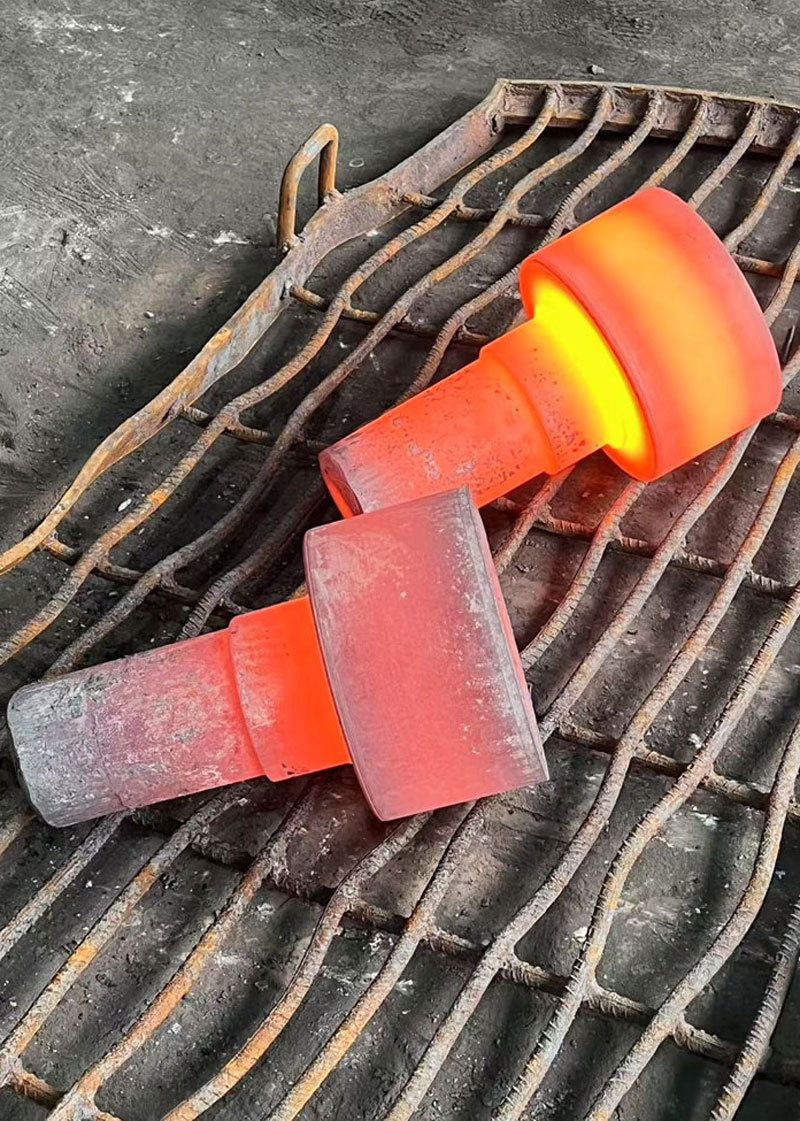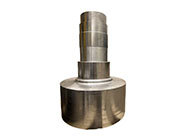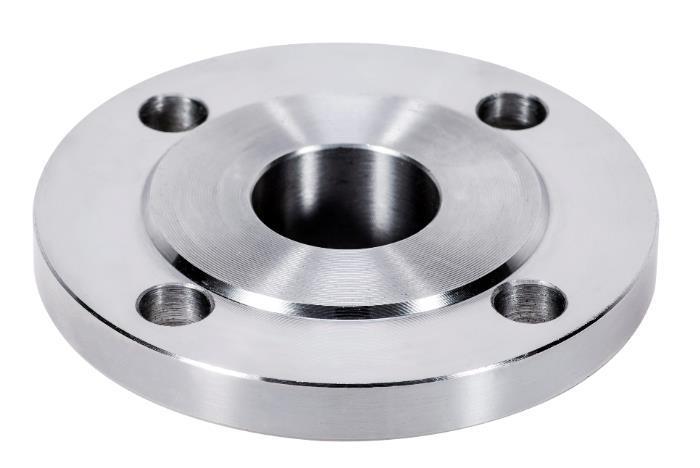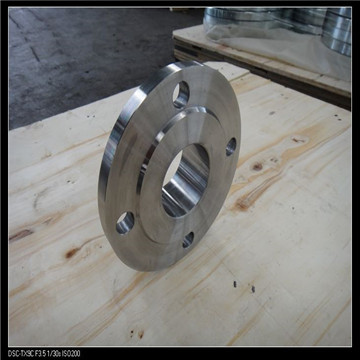The Role of Forgings in the Steel Industry: Insights for Construction and Decorative Material Professionals
Release time:
2025-05-12
Forgings are a critical component in the steel industries, particularly for those involved in building and decorative materials. This manufacturing process involves shaping metal using compressive forces, resulting in products that possess superior strength and durability compared to their cast counterparts. In the context of construction and decorative materials, steel forgings offer a range of a
One of the primary benefits of steel industries forgings is their enhanced mechanical properties. The forging process aligns the grain structure of the metal, improving its toughness and resistance to wear and fatigue. This is particularly important in construction, where structural integrity is paramount. Buildings and infrastructure require materials that can withstand significant loads and stress over time, making forged steel an ideal choice for load-bearing elements like beams, columns, and supports.
In addition to their strength, steel forgings offer remarkable versatility in design. They can be produced in various shapes and sizes, allowing architects and designers to explore innovative solutions without compromising on performance. This adaptability is particularly advantageous in decorative applications, where aesthetic appeal is crucial. Forged steel can be precisely shaped to produce intricate designs that elevate the visual quality of buildings, railings, and other architectural features.
Moreover, the manufacturing process of steel forgings is highly efficient, resulting in lower waste compared to other methods. This efficiency not only reduces environmental impact but also leads to cost savings in material procurement. For construction and decorative materials professionals, this means that utilizing steel industries forgings can align with sustainable building practices while maintaining high-quality standards.
Understanding the properties and applications of steel forgings is vital for professionals in the construction and decorative materials sectors. By incorporating these products, stakeholders can enhance the durability and aesthetic appeal of their projects. Knowledge of the benefits of steel industries forgings empowers engineers, architects, and constructors to make informed decisions that contribute to the overall success of their endeavors.
In conclusion, steel industries forgings play a pivotal role in the construction and decorative materials industry by providing materials that are not only robust and reliable but also adaptable to various design requirements. Emphasizing the use of forged steel can lead to innovative projects that prioritize both functionality and artistry, making it a go-to choice for professionals dedicated to excellence in their fields.
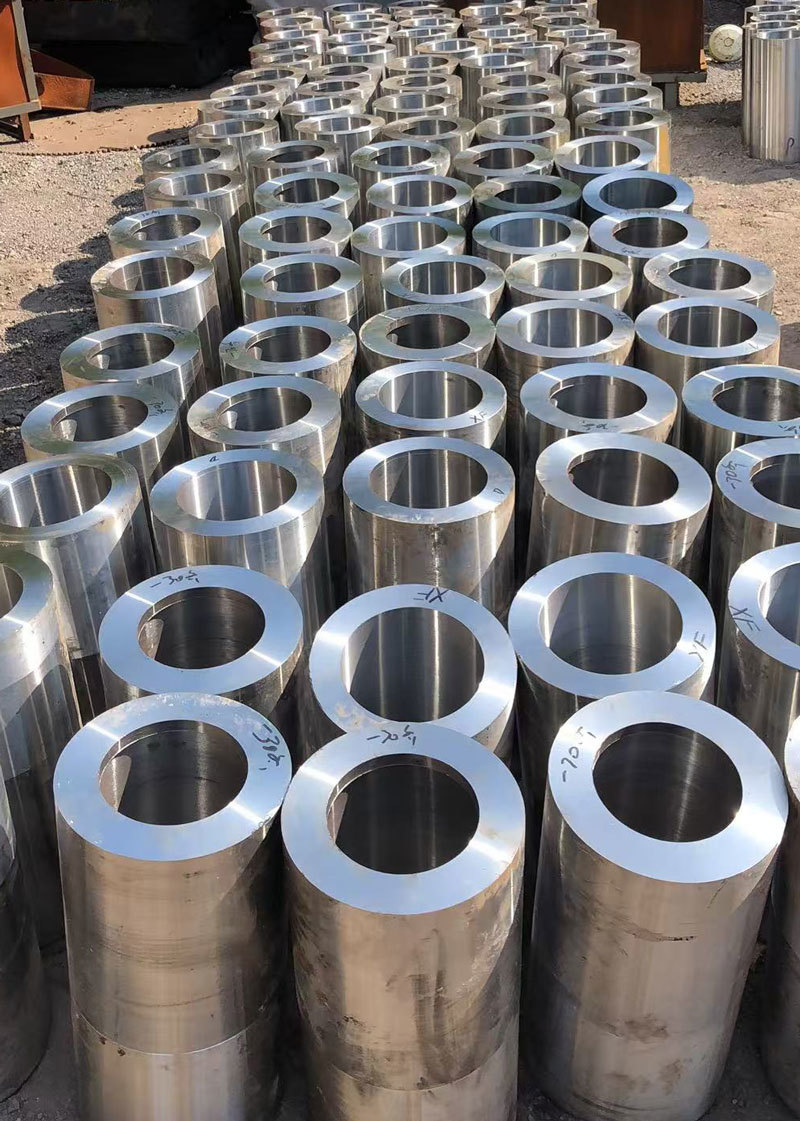
Latest developments
Forgings are a critical component in the steel industries, particularly for those involved in building and decorative materials. This manufacturing process involves shaping metal using compressive forces, resulting in products that possess superior strength and durability compared to their cast counterparts. In the context of construction and decorative materials, steel forgings offer a range of a
Innovations in the Forging of Stainless Steel for Superior Performance
Innovations in the Forging of Stainless Steel for Superior Performance Table of Contents 1. Introduction to Stainless Steel Forging Innovations 2. Importance of Stainless Steel in Various Industries 3. Overview of the Forging Process 4. Technological Advancements in Stainless Steel Forging 4.1. Machine Automation and Robotics 4.2.
Understanding Non-Standard Flanges: Importance and Applications in Construction
Non-standard flanges are critical components in piping systems, particularly within the construction and decorative materials sectors. Unlike standard flanges, which adhere to established dimensions and specifications, non-standard flanges are tailored to meet unique requirements that can vary based on specific project needs, environmental factors, or design specifications. This adaptability makes
Exploring the Versatility of Japanese Standard Flanges in Various Applications
Exploring the Versatility of Japanese Standard Flanges in Various Applications Table of Contents 1. Introduction to Japanese Standard Flanges 2. What Are Flanges? 2.1 Types of Flanges 3. Understanding Japanese Standard Flanges 3.1 Design and Specifications 4. Applications of Japanese Standard Flanges
--- Flanges are critical components in piping systems, serving as a connection point between pipes, valves, pumps, and other equipment. The term "American standard flange" refers to a specific category of flanges designed according to established standards in the United States, predominantly including ANSI (American National Standards Institute) and ASME (American Society of Mechanical Engineers)
Exploring Different Types of Threaded Flanges for Various Applications
Exploring Different Types of Threaded Flanges for Various Applications Table of Contents 1. Introduction to Threaded Flanges 2. Importance of Threaded Flanges in Construction 3. Types of Threaded Flanges and Their Applications 3.1 Standard Threaded Flanges 3.2 Slip-On Threaded Flanges 3.3 Blind Threaded Flanges 3.4 Socket Weld Threaded Flanges



